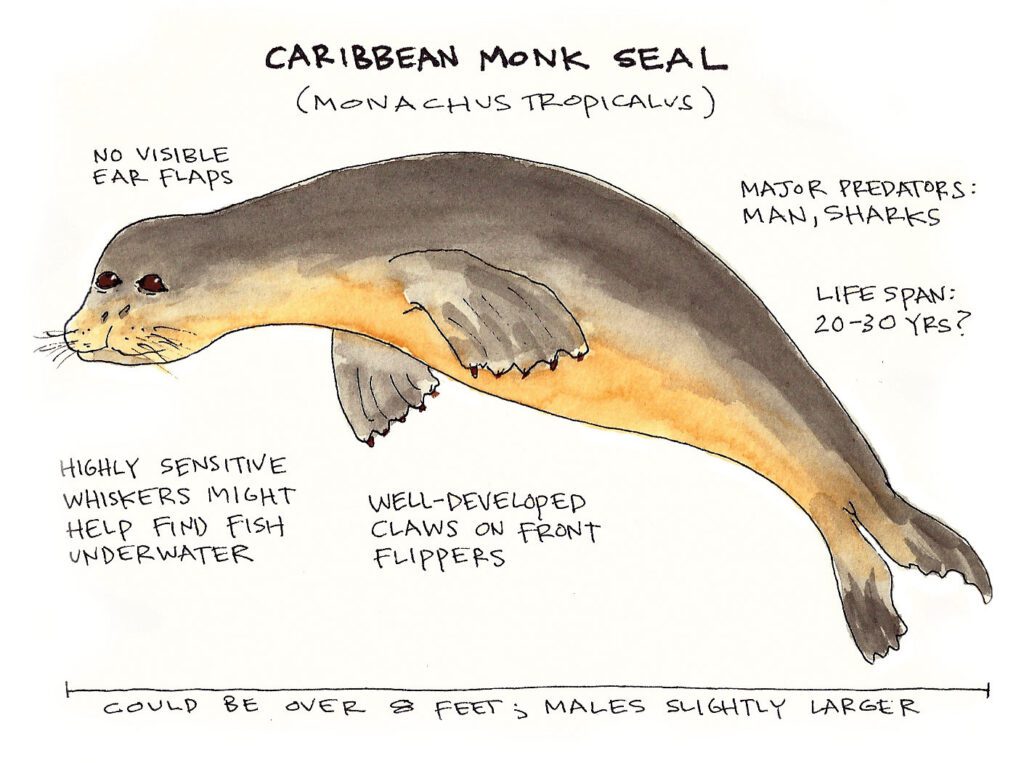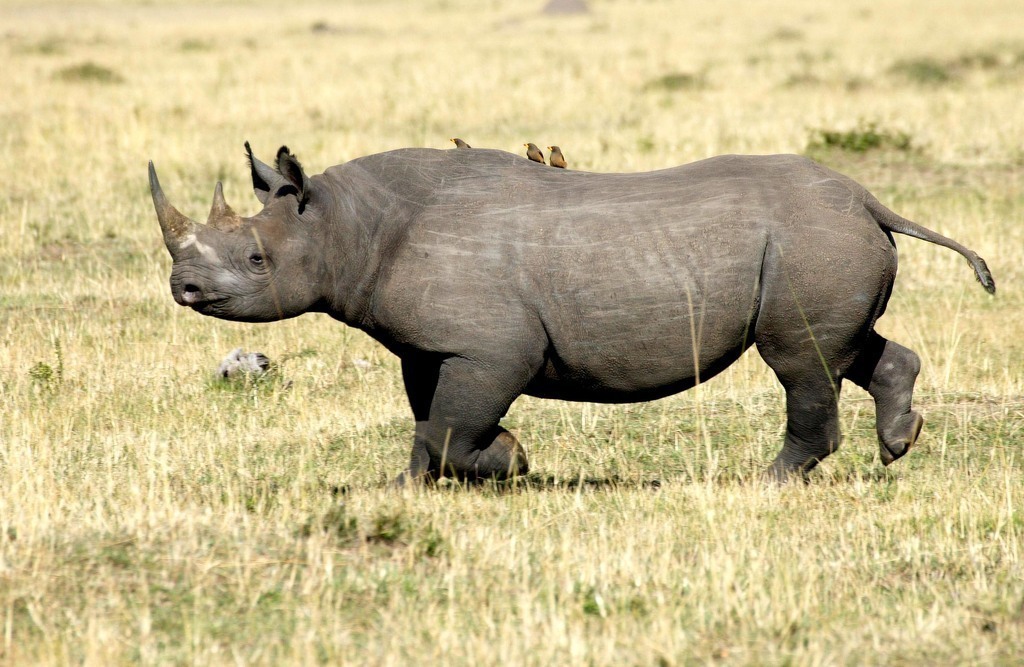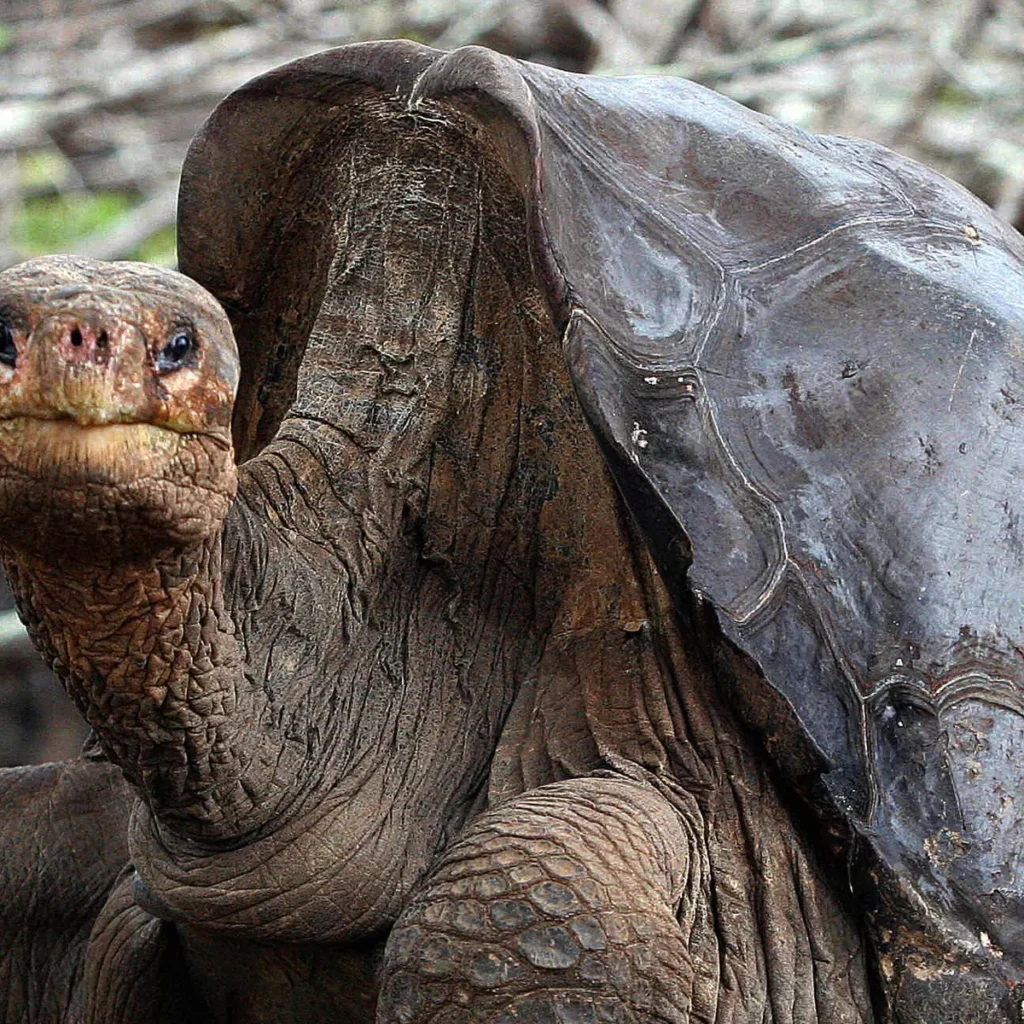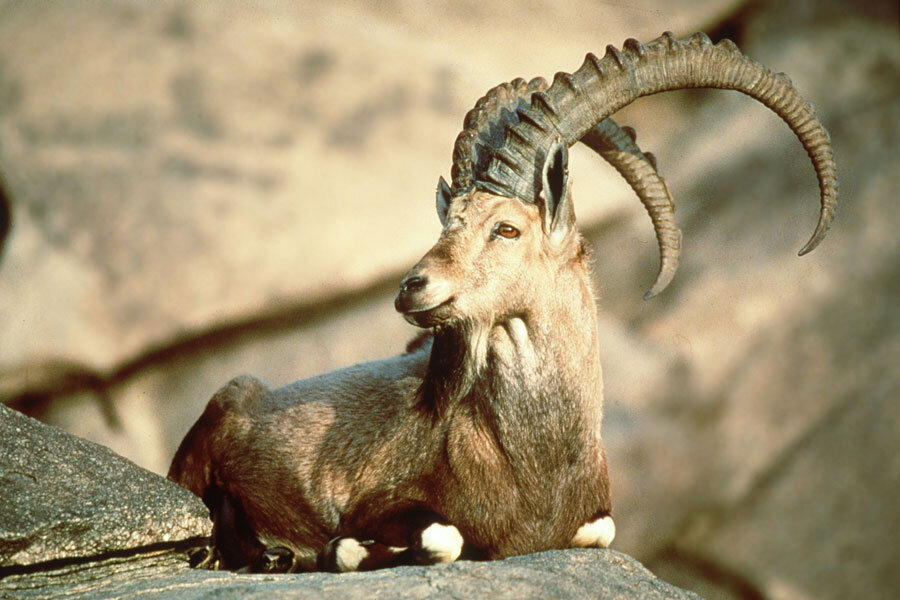Animals That Are Extinct (from this century)
You’ve probably heard of a species going extinct, but what does that mean exactly? The International Union for Conservation of Nature (IUCN) categorizes all species. There are several categories for classifying species: Not Evaluated (NE), Data Deficient (DD), Least Concern (LC), Near Threatened (NT), Vulnerable (VU), Endangered (EN), Critically Endangered (CR), Extinct in the Wild (EW), and Extinct (EX). A species becomes extinct when there is no reasonable doubt that the last individual has died. Scientists perform exhaustive surveys in known habitats over a period of time similar to the species’ life cycle. Now that you know what extinct means, what animals are extinct now?
Caribbean monk seal

Also known as the West indian seal or even sea wolf, this seal was declared extinct in 2008. Overhunting the seals for oil and overfishing of their food sources are believed to be the main reasons for extinction. The last caribbean seal was spotted near Jamaica in 1952. These seals could grow up to eight feet in length and weighed between 375-600 pounds! Their appearance was very similar to the Hawaiian monk seals, which are still alive today but considered critically endangered.
Western black rhino

The Western black rhino was a sub-species of the black rhino, declared extinct by the IUCN in 2011. These rhinos were known for their two horns and grey skin color, and lived in West and Central Africa. The downfall of this species is attributed to human interference including the destruction of their habitats for farming and the poaching of their horns. In addition to this, the females did not begin reproduction until seven, and males at 12. Too many Western black rhinos were being killed to keep up with the slow reproduction rates.
Pinta giant tortoise

This subspecies of Galapagos tortoise was declared extinct in 2012 after the last known individual, Lonesome George died. Towards the end of the 19th century, the Pinta giant tortoise was thought to be extinct from their native Pinta Island in Ecuador. That is until Lonesome George was discovered in 1971! George happily lived out his last 40 years at the Galapagos National Park after all attempts of mating were unsuccessful. While the Pinta giant tortoise joined the list of animals that are extinct, several other subspecies are still alive today (but remain critically endangered).
Pyrenean ibex

The Pyrenean ibex was a subspecies of the Iberian ibex, a wild goat native to the Pyrenees, a mountain range on the border of France and Spain. This subspecies was declared extinct in 2000 and became officially extinct in 2003 after cloning efforts failed. This ibex was the first species to be declared “unextinct” when a cloned female was born alive, however she died several minutes later due to birth defects. Like many other species, the Pyrenean ibex extinction can be attributed to hunting and other human interactions.
So… is there anything we can do to stop animals from going extinct?
Reducing, reusing, recycling, and carpooling are all great ways to reduce our impact on the environment and its animals, but did you know there’s one more big thing? More side effects of humans encroaching on wild habitats are the spread of diseases, change in natural behaviors, slower reproduction rates, and more. Veterinarians all over the world are fighting to save our animals by solving their health issues. The biggest obstacle in their way is a lack of funding. Did you know there is little to zero funding for these kinds of studies?
We are here to change that. The Wild Animal Health Fund is a program of the American Association of Zoo Veterinarians (AAZV), created by veterinarians, for veterinarians. Since 2012, we have funded over 100 zoo animals and wildlife health studies ranging in topics from pain relief medications to disease prevention, and so much more. These studies are only a small dent, the world’s animals deserve so much more. Animal health is the missing piece in the puzzle of conservation, so will you help us solve it?
